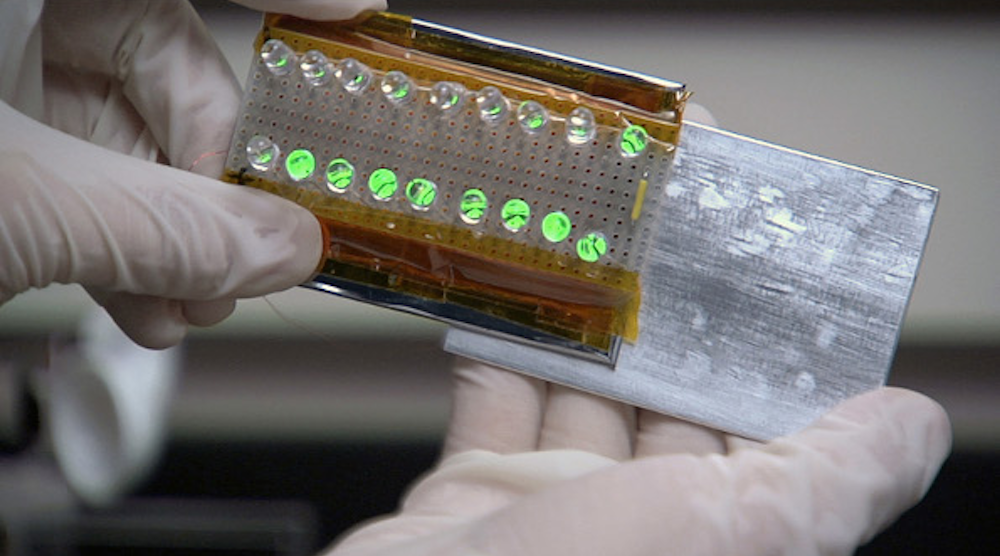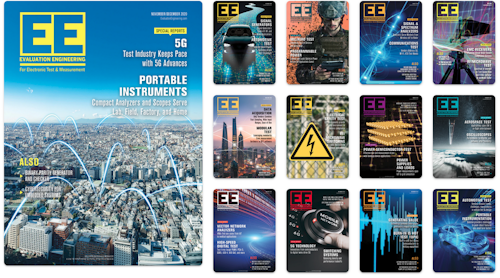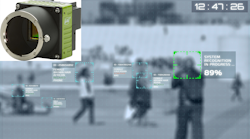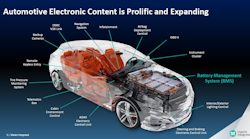>> Website Resources
.. >> Library: TechXchange
.. .. >> TechXchange: Power Management
.. .. .. >> Topic: Energy Harvesting
Researchers at the School of Materials Science and Engineering at the Georgia Institute of Technology are harvesting energy using triboelectric effect technology, or contact electrification. Processor Zhong Lin Wang and his students are taking advantage of the triboelectric effect to harvest small amounts of energy, essentially turning static electricity into something useful. They can power LEDs and other devices using the harvested energy(see the figure).
Related Articles
- 模拟专家注意到有针对性应用的趋势
- Energy-Harvesting IC Plays Into Internet Of Things Ecosystem
- 建立更好的建筑效率的途径
- ZigBee Will Ensure The Smart Home’s Success
Static electricity is a form of the triboelectric effect. It occurs when some materials are rubbed together and the friction generates static electricity. Walking over a rug on a dry day and touching a metal doorknob is shocking, but not too useful. Georgia Tech researchers can turn this shock into manageable power that could drive sensors and mobile devices.
The approach uses two modes of operation. In one, two materials are brought into contact with each other. In the other, two materials slide against each other. The amount of energy is tiny. But like most energy harvesting technologies, the collection of these small amounts enables useful work to be done, whether it’s lighting an LED or running a microcontroller.
The triboelectric generator has increased power output density by a factor of 100,000. In theory, a square meter could provide 300 W. Originally, the team at Georgia Tech was investigating piezoelectric generators, which use movement and different underlying technology. Triboelectric generators are a laboratory phenomenon now, but practical uses are on the near horizon.
>> Website Resources
.. >> Library: TechXchange
.. .. >> TechXchange: Power Management
.. .. .. >> Topic: Energy Harvesting













